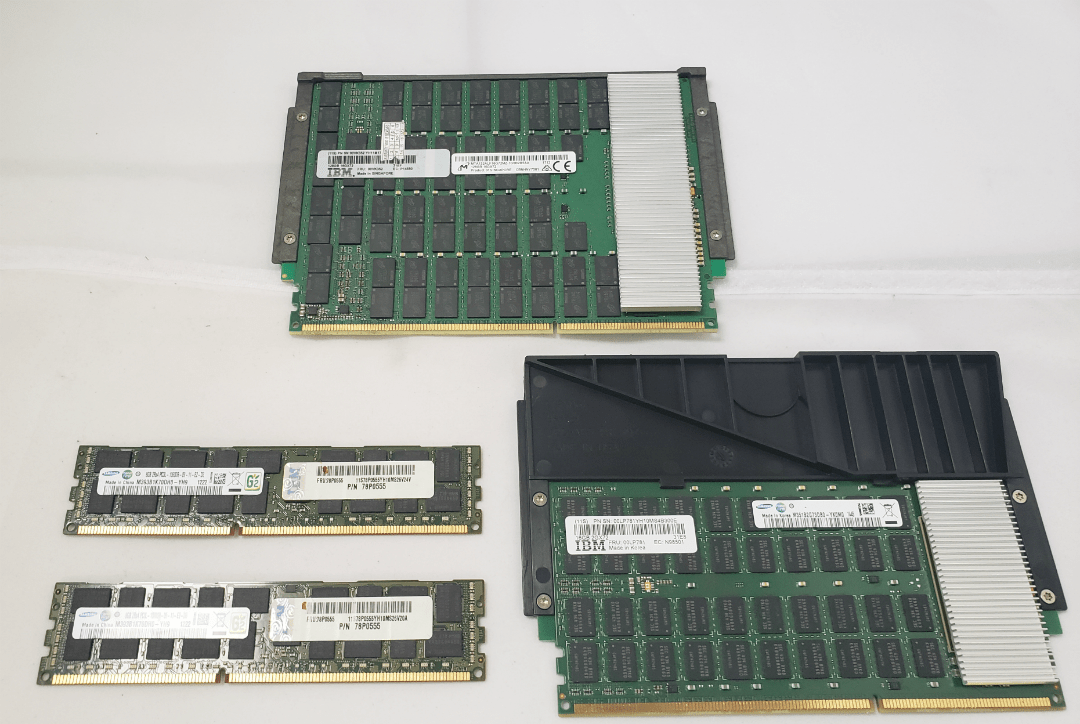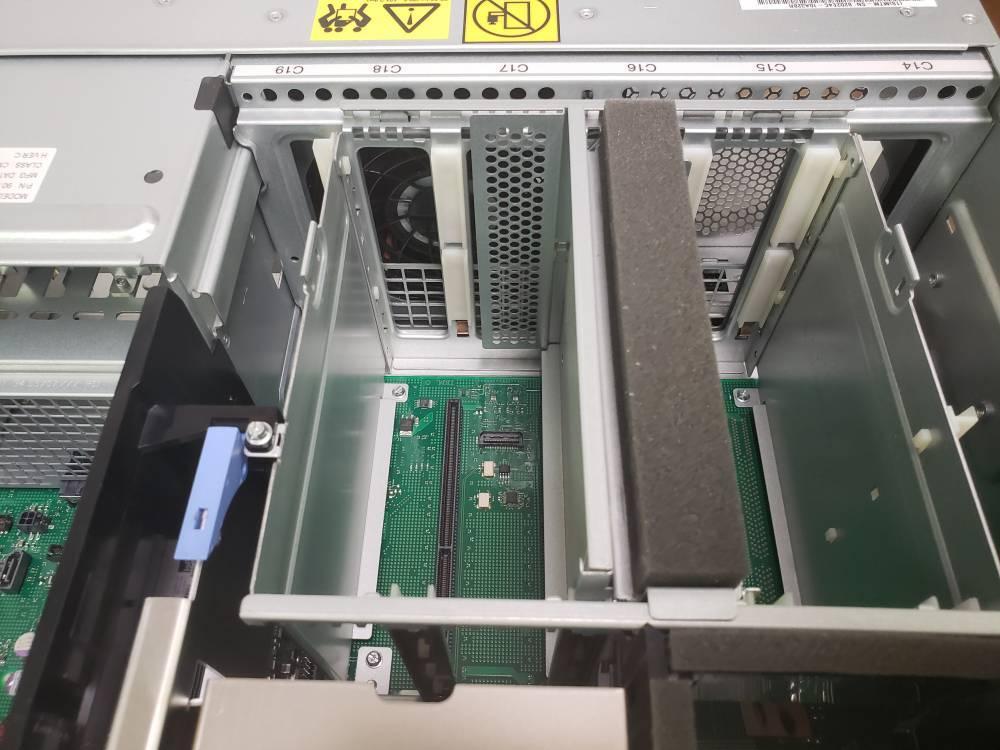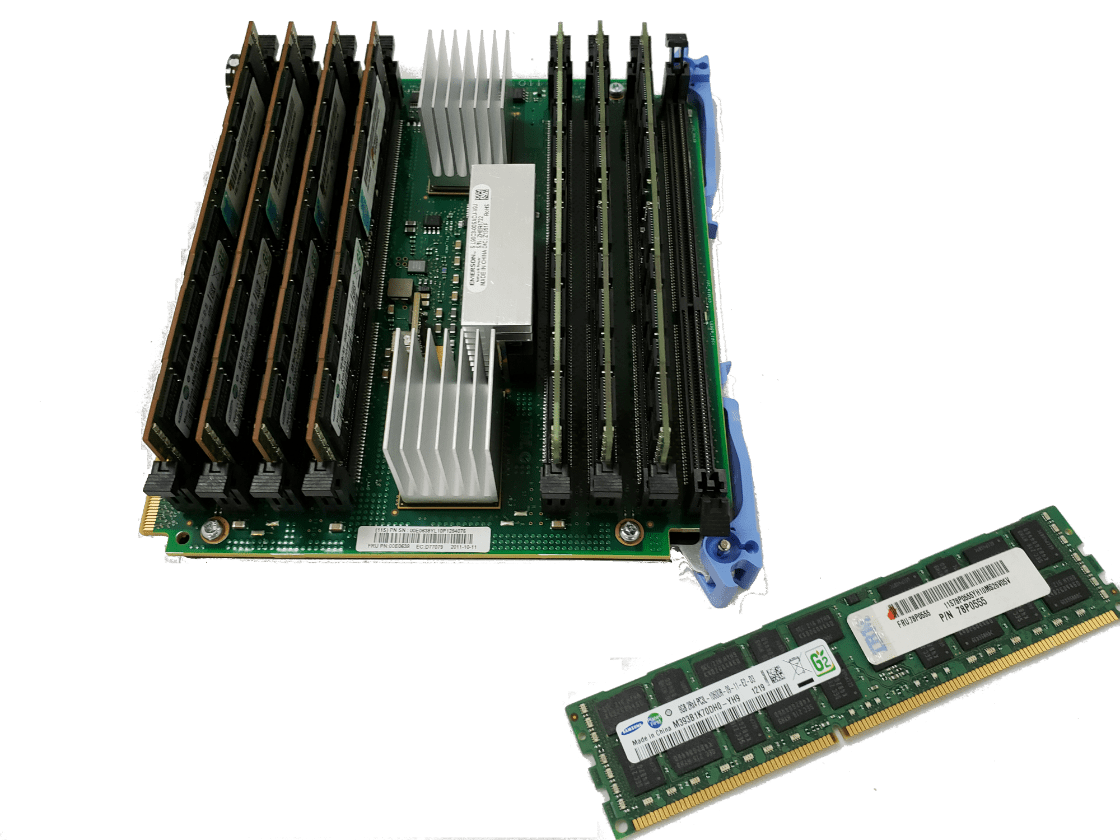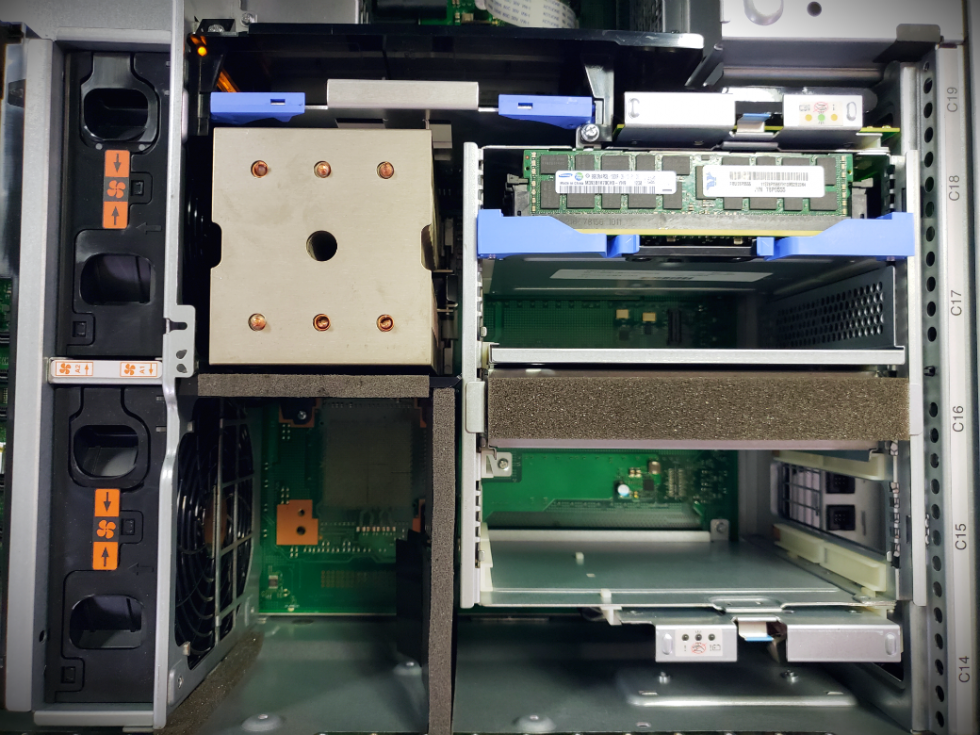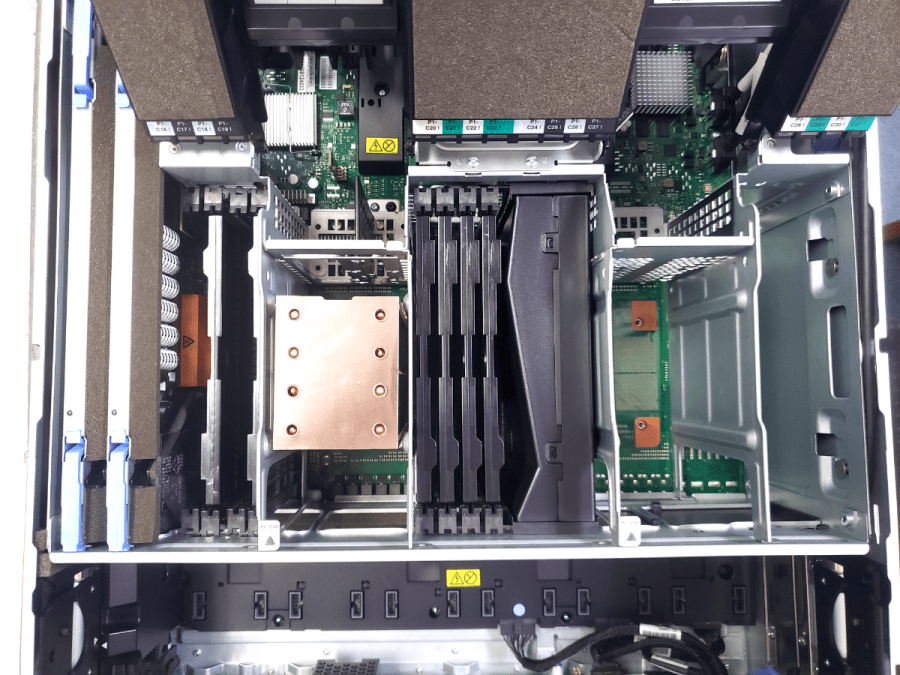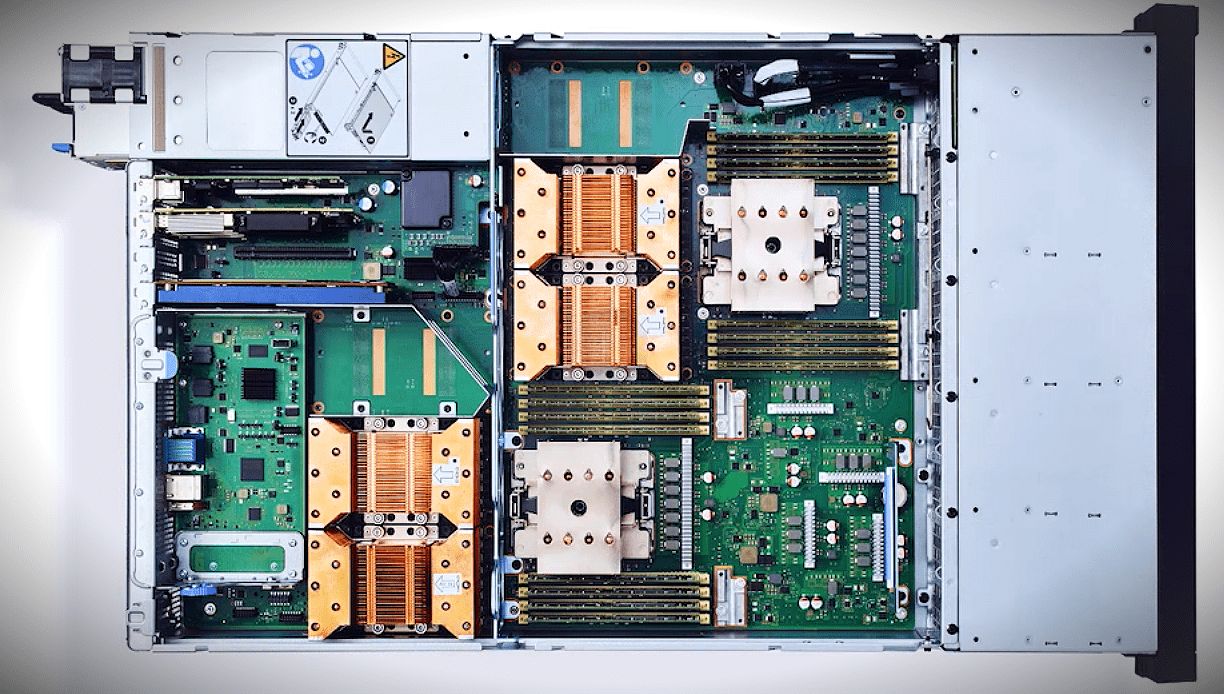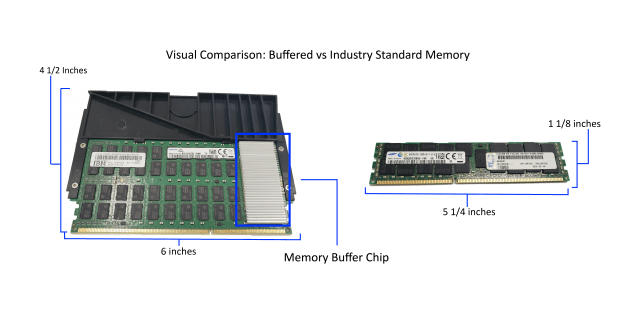Used AS400 IBM Servers | New Power 10 Systems | Managed SIEM Security
The Big Difference Between Power9's Industry Standard Memory vs Buffered Memory
POWER9 Memory changes and what it means.
Our last article was about the primary changes made to the POWER Systems, scale out line up with the release of the first set of POWER9 (You can view some of the POWER9 benchmarks here) servers back in February. We briefly covered several of the changes including the change made to the type of memory used for the new POWER9 systems and speculated on the reason for this change.
In this article, we will delve a little deeper and explain the differences between the two different types of memory (Buffered and 'Industry Standard'), and why the change from buffered back to industry standard is a big deal and what it means for the consumers in the small and medium business market.
POWER8 DDR4 Memory (IBM Pricing):
EM91 $1,110 16GB DDR4 Memory
EM92 $1,700 32GB DDR4 Memory
EM93 $3,440 64GB DDR4 Memory
EM94 $7,880 128GB DDR4 Memory
EM95 $15,760 256GB DDR4 Memory
POWER9 DDR4 Memory (IBM Pricing):
EM60 $409 8GB DDR4 Memory - 324D EM60 78P4191
EM62 $619 16GB DDR4 Memory - 324E EM62 78P4197
EM63 $1,179 32GB DDR4 Memory - 324F EM63 78P4198
EM64 $2,699 64GB DDR4 Memory - 325A EM64 78P4199
EM65 $9,880 128GB DDR4 Memory - 324C EM65 78P4200
Industry standard memory may have the edge in both size and pricing, but where the buffered memory shines is performance. This is, of course, by design as well; IBM strives to bring the best hardware to market and the introduction of buffered memory for the POWER8 line of servers furthers this goal. The heat sink that is visible on the buffered memory cards is attached to a processor that works to optimize the way the memory interacts with the CPU of the server. It should also be noted that, in the higher end POWER9 models, buffered memory is still in use due to its increased performance.
However, this doesn't mean industry standard memory is inadequate; after all, it's called 'Industry Standard' for a reason. The memory used for the POWER9 Scale Out systems is the same kind of memory you'll find in almost every other type of server on the market as well as in most desktops. POWER9 systems offer the exact same memory performance as its market competitors, but offers higher memory capacity in the same market.
On a side note, in the pricing lists above, that there is a difference between available memory capacities. POWER8 does has a largest available DIMM of 256GB compared to the POWER9's 128GB as well as the non-existence of an 8GB DIMM for POWER8. POWER9 servers have twice the available DIMM slots than their comparable POWER8 counterparts so there is no need for a 256GB feature to get to the system max memory for scale out systems. The 8GB feature for POWER9 was released just last month and it will be interesting to see if it becomes a popular choice for entry level systems.
In Summary:
IBM switched things up by introducing IS memory for POWER9. Moving away from the larger and more complex buffered memory, that was introduced in the previous generations, for the entry level systems means they have brought lower prices to consumers while maintaining the reputation ever increasing benchmarks for performance the POWER Systems line up is known for.


